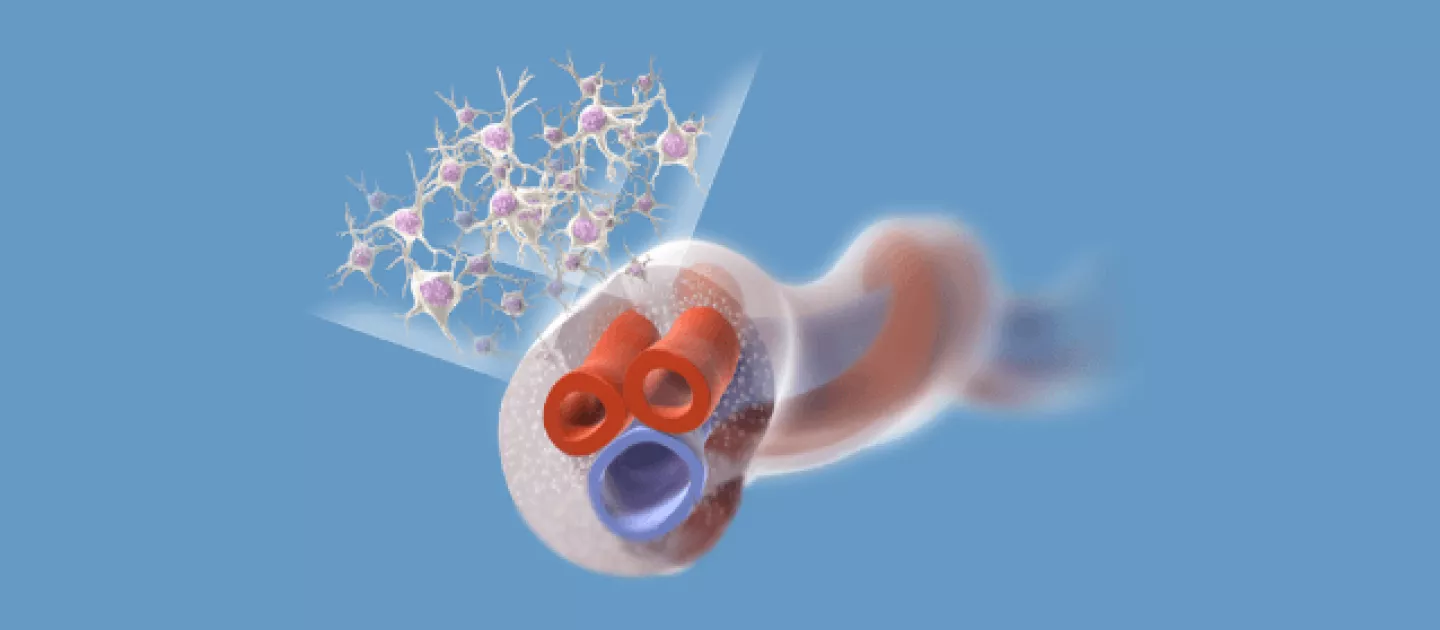You’ve probably heard about cord tissue Mesenchymal Stem Cells (MSCs) in the news lately and may be wondering exactly what they are and why they’re attracting so much attention. Let’s look.
First Things First: Stem Cells in the News is Not ‘New News’
Stem cells have been in the medical news spotlight for decades, and it’s not surprising. No other cell in the body has the natural ability to do what they do. Here’s what stem cells can do:
Differentiate
Turn into different types of cells such as blood, tissue, nerve, and bone cells.1
Self-Renew
Make copies of themselves.1
Repair
Can replace damaged cells with healthy ones.1
Pretty cool, right?
What Are Mesenchymal Stem Cells?
Different types of stem cells have different destinies, if you will. Mesenchymal Stem Cells are destined to become skeletal tissues, such as cartilage, tendons, nerve, muscle and bone.
In addition to differentiation and self-renewal abilities, MSCs are also known to have anti-inflammatory qualities that can help control the immune system when it’s gone awry and is flaring out of control, ultimately doing more damage.2
MSCs were first discovered in bone marrow in 1966. Since then MSCs have been found in various tissues, including umbilical cord tissue.
Umbilical Cord vs Bone Marrow
When it comes to using MSCs in research, does the source of the MSCs matter? The short answer is, yes! Researchers consider umbilical cord tissue to be an ideal source of MSCs for a few reasons. To start, the umbilical cord provides a convenient and non-invasive way to get MSCs. Umbilical cords are usually thrown away as medical waste. Getting MSCs from human bone marrow is an invasive and painful procedure.
In addition, the MSCs found in the umbilical cord are young, pristine, and haven’t been exposed to other elements like age or disease. The abilities and qualities of MSCs from Bone Marrow appear to be impacted by age. The ability for MSCs to rapidly reproduce and differentiate decreases with age, making it difficult to get enough quality MSCs for a successful therapy.3
Another advantage of umbilical cord tissue MSCs is that they can be cryogenically frozen for many years to come. This means that expecting families can choose to collect their baby’s cord tissue and save the MSCs for their family’s potential future use.
Why are MSCs attracting attention from researchers?
Recently, a team of doctors at the University of Miami won emergency federal approval to use MSCs from cord tissue to help patients suffering from severe lung inflammation from COVID-19. The hope is that the anti-inflammatory properties of MSCs will calm the patient’s immune system and block inflammation. The study is very small, and results are not published, however it shows how versatile and potentially valuable MSCs from umbilical cord tissue stem cells are.Read more about the study in the Miami Herald.
The Research Team’s choice to use umbilical cord derived MSCs makes a lot of sense given their anti-inflammatory qualities. Covid-19 is a recent example of a condition utilizing MSCs, but it is not alone. If you consider the number of medical conditions related to the types of tissue tat MSCs play a role in (nerve, muscle, cartilage, etc) you can see why MSCs are attracting attention from researchers. Currently there are over 250 cord tissue MSC trials worldwide for a range of conditions.4
What’s Next for Mesenchymal Stem Cells?
What’s next? Nobody knows for sure.It’s important to note that MSCs studies using umbilical cord tissue are still in clinical trial phase – however MSCs properties and rapid expansion in trials suggests enormous potential.
Learn about the benefits of banking your baby's cord tissue >>
References:
1. 1. Kalinina NI, Sysoeva VY, Rubina KA, Parfenova YV, Tkachuk VA. Mesenchymal stem cells in tissue growth and repair. Acta Naturae. 2011;3(4):30 37.
https://www.ncbi.nlm.nih.gov/pmc/articles/PMC3347612/
2. 2. Iyer SS, Rojas M. Anti-inflammatory effects of mesenchymal stem cells: novel concept for future therapies. Expert Opin Biol Ther. 2008;8(5):569-581. doi:10.1517/14712598.8.5.569 https://pubmed.ncbi.nlm.nih.gov/18407762/
3. 3. Li, S., Wang, Y., Guan, L., & Ji, M. (2015). Characteristics of human umbilical cord mesenchymal stem cells during ex vivo expansion. Molecular Medicine Reports, 12, 4320-4325. https://doi.org/10.3892/mmr.2015.3999 https://www.spandidos-publications.com/10.3892/mmr.2015.3999
4. 4. Over 250 Clinical Trials Using cord tissue MSCs Source: www.clinicaltrials.gov Search term: Umbilical Cord Mesenchymal












